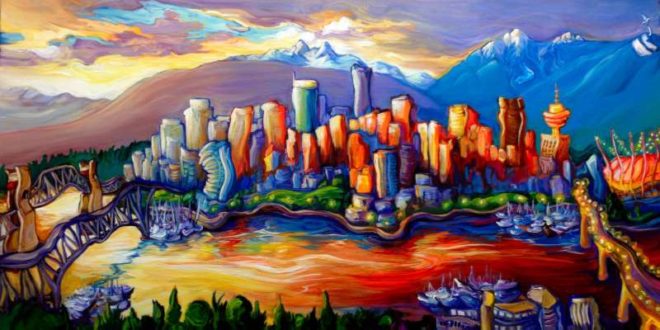-
Autumn and winter are the best times of year to see spectacular sunsets in Vancouver.
True sunset actually occurs before you see the sun disappear. What we see is a mirage; the light is refracted – bent – around the horizon and only the longest wavelength colors like reds and pinks and oranges reach us.
Pollution makes for more vivid colors, too, but it has to be the right sort of pollution. Fog and large-particle haze like smog or smoke that hangs low in the atmosphere tends to mute the colors. However, aerosols high up in the stratosphere have tiny particles that capture and reflect that red long-wave light before it disappears. Natural aerosols can come from forest fires, sea spray, and volcanic eruptions as well as human-generated aerosols from burning fossil fuels. Some of the most spectacular sunsets in history have been seen after major volcanic eruptions, such as Krakatoa in Indonesia which is said to have inspired Norwegian artist Edvard Munch’s painting, The Scream.
So you need several conditions for those memorably vivid Vancouver sunsets: clear air in the immediate trophosphere and loads of dangerous tiny particles high up in the stratosphere to scatter and magnify the reds and yellows. Add in some good breezes, brushstroke clouds, and a whole lot of water to magnify the effect and you’ve got magic. Vancouver also has glass and steel buildings that reflect light like a disco ball and mountains to provide a dark velvet frame around the city. It’s a festive last call before it all turns to black.
Acrylic on canvas, 24″ x 48″
Located at: Private Collection
Gallery
- Home
- /
- Gallery
- /
- Vancouver
- /
- Vanorama Sunset•


Hey Laura,
Would love to see if this is still available?!
Great paintings!
Sherafat
Thanks so much! Alas, this one is sold but thank you for asking.